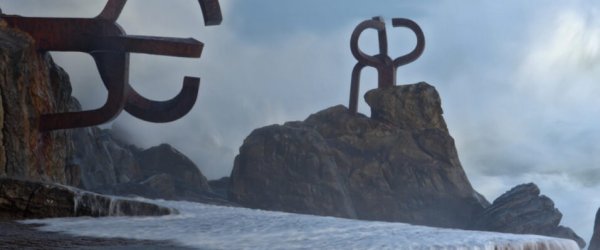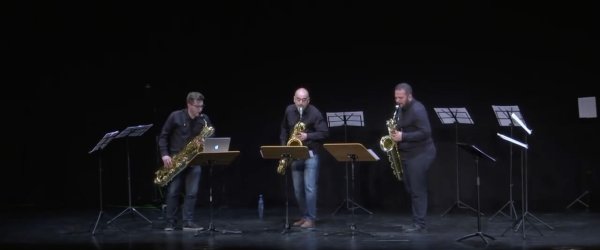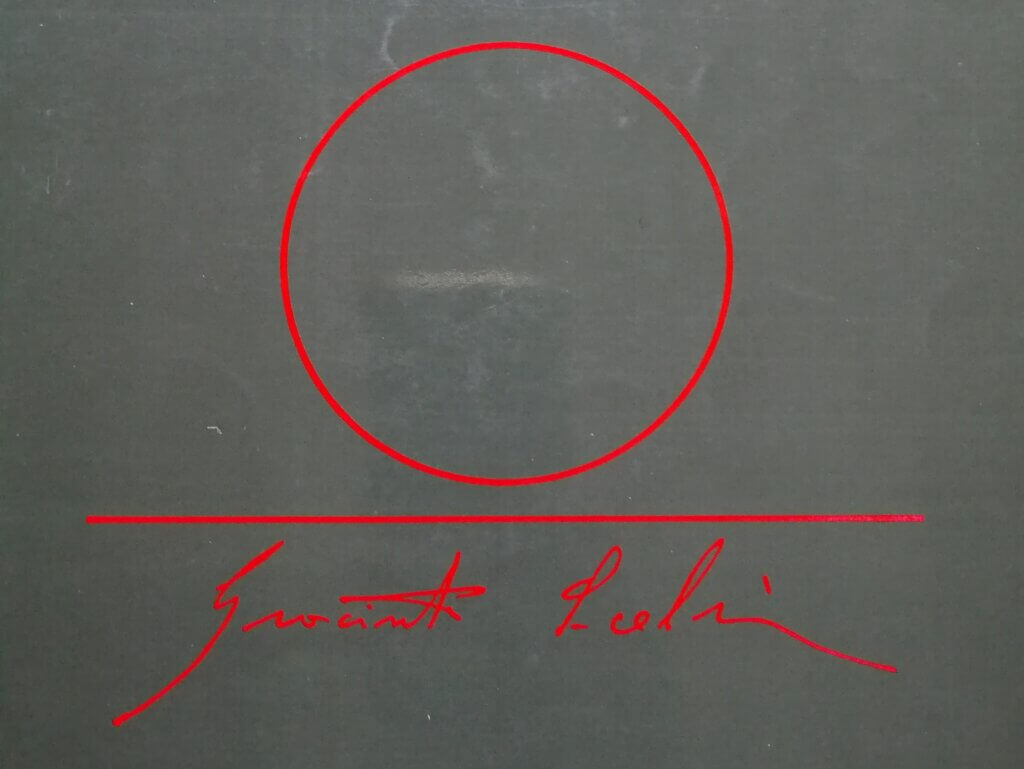
I have always found Giacinto Scelsi a fascinating composer. His music is almost unique. I was very surprised by the Scelsi’s LATIN PRAYERS, so stylistically different from his best-known works. And I thought, why not to play them?
The Composer
GIACINTO SCELSI (La Spezia, Italy, 1905 – Roma, Italy, 1988) came from an aristocratic family. In his earliest years, he had little contact with the outside world. His training, which also included music, was done privately.
Very soon, he discovered his talent for music and was immediately attracted by the twelve-tone technique and mysticism of Aleksandr Skriabin. At the end of the 1940s, he suffered a strong personal crisis that made him question his entire musical production in favor of improvisation.
Based in his mansion in Rome since the mid-1940s, he broke his voluntary isolation on various trips to the East (India, Nepal, Tibet, Japan, etc.). There, he connected with the spirituality of those cultures, whose influence can be perfectly appreciated in all his later music.
His most interesting and recognized works show a concern in the sound itself. These are usually based on the diversity of timbral colorations of one (or a few) note(s). Articulations, dynamics, tempo, pitch, etc. give the sound a sense of depth (or sphericity, as said the Spanish philosopher Eugenio Trías).
Click here to read more about the composer.
Details of the work
Publisher: Aventino Music (ITA), coming soon
Duration: around 9:00
Range (written): F4 – F#5
TECHNIQUES: Breath and blow control, especially in soft dynamics. Intonation.
PERFORMANCE: To phrase according to the lyrics of the piece.
Here’s the version for baritone saxophone solo I recorded in my album SOLO for the Italian label Aventino Music Avant-Garde.
Meaning and structure of Three Latin Prayers
Unfortunately, Giacinto Scelsi has composed only a work for saxophone solo: TRE PEZZI (1956) for soprano or tenor sax. However, he used the saxophone in a few chamber music pieces as YAMAON (there is a baritone!) or CANTI DEL CAPRICORNI, abd a few orchestral works as QUATTRO PEZZI or HURQUALIA. If we want to play his solo music, we saxophonists usually turn to MAKNONGAN (original for voice or any low instrument) or IXOR (original for clarinet).
I searched for music by this unclassifiable composer suitable for the baritone saxophone. As the saxophone is close to the human voice, I focused on his catalogue of works for solo voice. During this process I discovered THREE LATIN PRAYERS, composed in 1970 and premiered by the Japanese singer Michiko Hirayama, a regular collaborator of Scelsi and other contemporary composers.
At first, I was surprised to not find that complexity of microtonal inflections and articulation of Scelsi’s music. The listening of the version by American cellist Frances-Marie Uitti, also a regular collaborator of Scelsi, encouraged me to work on them. Perhaps the complexity of this work lies in conveying its spiritual serenity.
These LATIN PRAYERS are:
- AVE MARIA. The “Hail Mary” is a traditional Catholic prayer, dedicated to Mary, the mother of Jesus of Nazareth. This prayer is written in the Aeolian mode (the equivalent of the natural minor mode of the 12 tone equal temperament) of G# (F natural, transposed to the baritone saxophone).
- PATER NOSTER. The “Lord’s Prayer” is the Christian prayer par excellence, made by Jesus of Nazareth. It is the fastest tempo prayer of the three and combines the Ionian (major mode) and Aeolian (natural minor mode) modes of A (F# transposed).
- ALLELUJA. This word (Hallelujah) means “Praise the Lord”. This is the slower tempo prayer, also composed in the Aeolian mode of G#.
Read a little bit more about this beautiful work, the music by Giacinto Scelsi in general and the reasons why I recorded this piece on the blog WebNoises. Click here!
—
Would you like to know more about the THREE LATIN PRAYERS by Giacinto Scelsi? Would you like to work on it? Don’t hesitate to contact me for more questions.
Joan Martí-Frasquier
Barcelona, June 2025

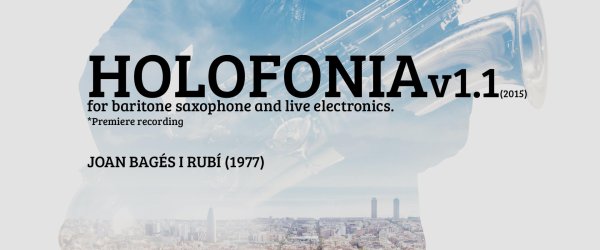
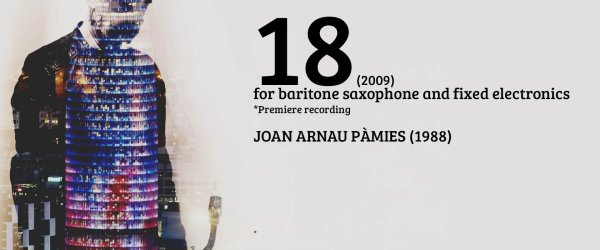
![15 Advanced Works for Baritone Saxophone [2] 15 Advanced Works for Baritone Saxophone [2]](https://joanmf.com/wp-content/uploads/elementor/thumbs/15-Advanced-Works-for-Baritone-Saxophone-2-ra3ttwqci012qs6fqnu49f7x6h6nihiw6j1idodd50.png)
